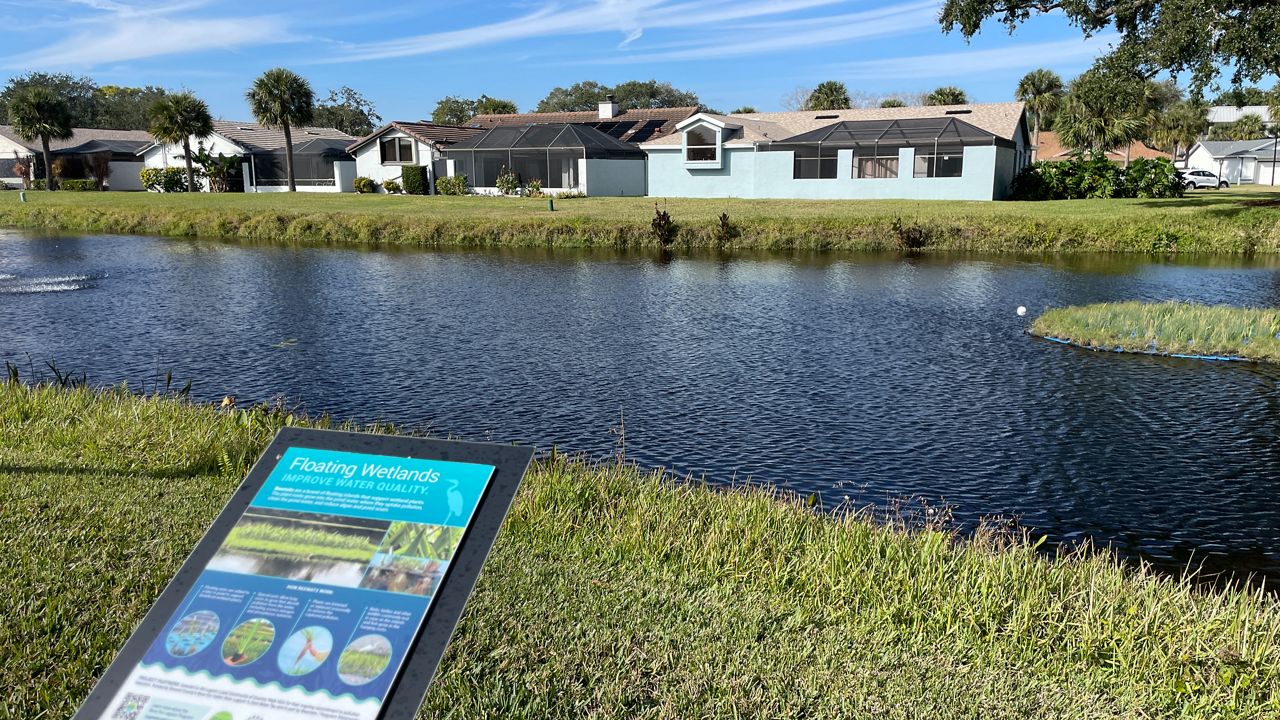The difference between ecotypes and sourced plants in aquatic restoration


A study released by the University of Florida explores the nuanced differences between ecotypes and locally sourced plants for use in aquatic habitat restoration and enhancement projects, offering critical insights into plant selection strategies that promote ecological success.
The research is published in the journal HortTechnology.
The research addresses a key question for restoration practitioners: Is there a measurable advantage to using specific ecotypes—plants adapted to particular environmental conditions—or locally sourced plant material for projects aimed at improving aquatic ecosystems? By comparing growth performance, adaptability, and ecological contributions, the study identifies important considerations for optimizing restoration outcomes.
Findings suggest that while both approaches have merits, the choice between ecotypes and locally sourced plants depends on project goals, site conditions, and the ecological needs of the habitat. Ecotypes may offer advantages in challenging environments by providing plants uniquely suited to the area’s conditions, while locally sourced plants can support regional biodiversity and genetic diversity.
This study underscores the need for tailored plant selection in restoration projects, highlighting how informed decisions can enhance habitat resilience and ecological integrity. The results provide actionable guidance for conservationists, policymakers, and stakeholders working to restore and sustain aquatic ecosystems.
More information:
Lyn A. Gettys, A Rose Is a Rose Is a Rose… Or Is It? Ecotypes versus Locally Sourced Plants for Aquatic Habitat Restoration and Enhancement Projects, HortTechnology (2023). DOI: 10.21273/HORTTECH05266-23
Provided by
American Society for Horticultural Science
Citation:
The difference between ecotypes and sourced plants in aquatic restoration (2025, January 8)
retrieved 9 January 2025
from
This document is subject to copyright. Apart from any fair dealing for the purpose of private study or research, no
part may be reproduced without the written permission. The content is provided for information purposes only.
link







:strip_icc()/1900_BHG_Johnson_037_preview-6d1d09686ee643779bee4446c7b476bc.jpg)